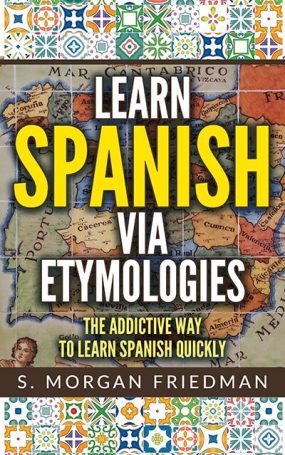The Spanish rehusar — literally, “refuse” — sounds odd to English ears: it’s the same word, but the -f- became an -h-. Huh?
This is explained via the pattern of Latin words that began with an f- tending to turn into an h- in Spanish and only in Spanish. See famine/hambre, and huir/fugitive for example.
Refuse and Rehusar follow the same pattern. Both come from the Latin refundere — from which we also get the English, refund. They are all ways of giving back.
This f-to-h pattern usually happens with the first letter of the word. But here it is the first letter of the second syllable — because the re- is of course the standard prefix so it didn’t affect the sound pattern change.




